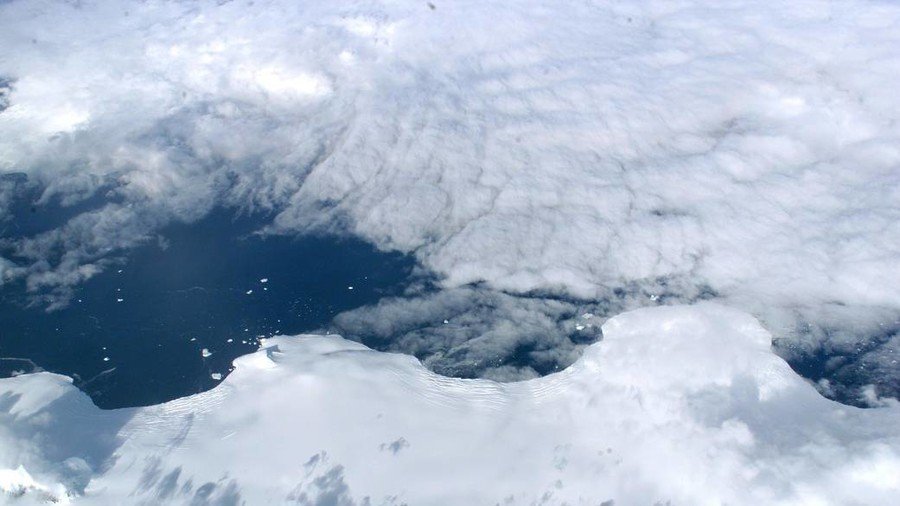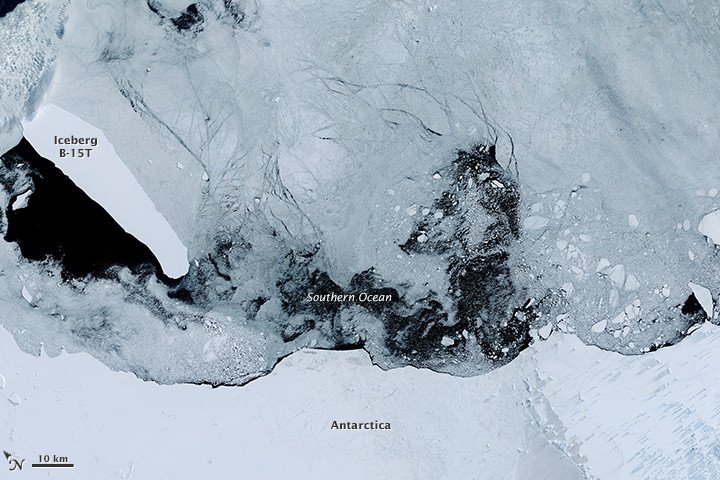VIDEO depicts disturbing extent of Antarctic ice melt since 1976

Scientists have been issuing apocalyptic-level warnings over the melting ice caps for years, and now a new data-based animation highlights just how much ice has broken off Antarctica in recent decades.
The visualization by science animators Pixel Movers & Makers shows the accelerated level at which Antarctic icebergs have been melting since 1976 in just 51 seconds.
We've been looking forward to making this!Iceberg flux from Antarctica from 1976-2017.Most icebergs travel counter-clockwise around Antarctica before travelling north through "Iceberg Alley" to the ACC.#Antarctica#iceberg#glacier#IcebergAlley@kevpluck@MarloWordyBirdpic.twitter.com/MTY0jZMSxv
— Pixel Movers & Makers (@PixelMnM) November 11, 2018
The alarming clip highlights the region’s recent disastrous climate change events, such as the journey of B-15, the world’s largest iceberg. It broke away in 2000, measuring a colossal 3,250 square kilometers wide (1,250 square miles) – or about the size of Connecticut.
Also captured is the collapse of the Larsen B ice shelf in 2002 – a 3,250 square kilometers (1,250 square mile), 20 meter (720 ft) thick area of the Antarctic Peninsula that splintered and collapsed over a month.

The striking video compiles data from several sources including NASA, the European Space Agency, the Antarctic Iceberg Tracking Database, and the Center for Remote Sensing at Brigham Young University (BYU).
READ MORE: NASA’s sea ice survey captures bizarre, perfectly rectangular iceberg (PHOTO)
Scientists are only able to track the icebergs that are big enough to be monitored by satellites. Of course, the Earth-tracking technology we utilize today wasn’t available in the 1970s, so it’s difficult to determine just how much of the iceberg movement is a direct result of climate change.
What is clear is that the rate of ice loss in Antarctica is accelerating, as more than 3 trillion tons have melted since 1992 – and 40 percent of that loss occurred between 2002 and 2017 alone.
If you like this story, share it with a friend!














